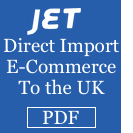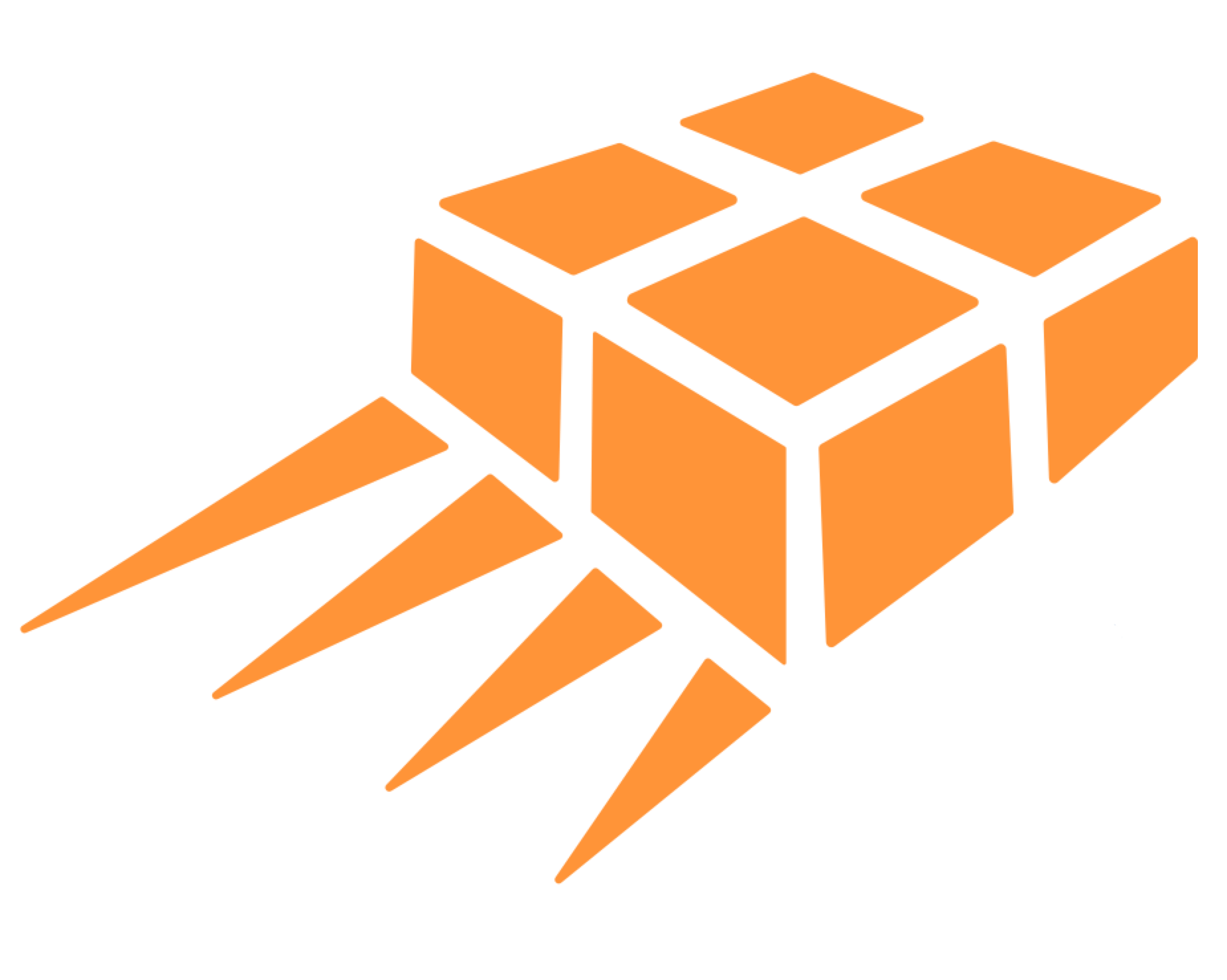
International E-commerce and Post Offices
The challenge promise of parcels for postal authorities.
The post office is dead. Long live parcel post!
While post offices are benefitting from the international e-commerce last mile deliveries, there are many challengers. While parcels are the future, most post offices today still get most of their revenue from mail. The challenge is to maintain the still important - but declining - mail revenue while investing in lower margin parcel delivery.
Most national post authorities are burdened with large legacy costs from an era when they had high margins from their monopoly on mail.
 Disclaimer: The information in all Jet Worldwide online content, including this post, is for general information only and is not intended to, constitute legal and/or tax advice. All liability with respect to actions taken or not taken based on the contents of this site are hereby expressly disclaimed. The content on this posting is provided “as is”; no representations are made that the content is error-free.
Disclaimer: The information in all Jet Worldwide online content, including this post, is for general information only and is not intended to, constitute legal and/or tax advice. All liability with respect to actions taken or not taken based on the contents of this site are hereby expressly disclaimed. The content on this posting is provided “as is”; no representations are made that the content is error-free.
Postal systems are clinging to their low unit costs for final delivery as their key differentiator in the market place. No longer being protected as they were in mail delivery, revenue growth is the only way for them to maintain market leading lowest unit cost for last mile delivery.
It has been estimated that post offices need a 3 times more revenue in parcel delivery - versus first class mail delivery - to provide the same bottom line benefit.
Post offices have largely argued their mandate for universal delivery justified their monopoly for letter delivery. In fact, many argued that the universal coverage mandate gave reason for their very existence. This mandate has helped position them for the best last mile delivery carrier.
Aggregating Volume Creates New Last Mile Delivery Solutions
To be successful in last mile delivery, companies simply need scale. Postal services traditionally have been the carrier with the most scale.. However, the growth of parcel delivery has enabled the growth of regional carriers with low cost ow cost parcel delivery,
Amazon has changed the competitive landscape for last mile delivery in the USA. They are the only company with enough volume to support low cost regional carriers - and even independent drivers . Amazon's mix of technology and volume are simply a game changer in an industry dominated by USPS, FedEx and UPS.
Post Offices Last Mile enabling First Mile end to end solutions
Post offices are opening up solutions to allow shippers to more directly access last mile delivery solutions. For the USPS, the parcel select service is based on giving shippers progressive discounts based on the level of sort and injection into the USPS system.
USPS parcel select customers are given the highest level of discount for pre-sorted parcels delivered to the postal facility closest to the delivery point.
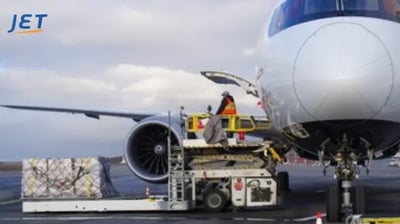
First Mile International cross border e-commerce parcels
Post offices around the world serve as conduits to international cross border deliveries via their global network of postal affiliates. All post offices share a common purpose which is promoted via the United Postal Union (UPU). The UPU's purpose of establishing a connection for international mail is being expanded - and less clear - to include parcels.
The inter postal connections allow for market leading (i.e. lowest cost) solutions from one country to another. However this business model is being challenged.
Post offices are now selling direct internationally.
The USPS is pushing their Global Direct Entry Program to shippers around the world. Rather than depending on La Poste when shipping from France, for example, a shipper can send directly to the USPS. For assistance with clearance of of USPS parcels to the US via Section 321, contact our team.
The democratization of international parcel delivery
Low cost, easily accessible cross border e-commerce depends on low cost parcel delivery solutions. In country postal solutions remains the method of choice for most companies who send small e-commerce parcels. However, as the volumes have grown, so has the oversight by customs authorities due to duty/tax collection and security initiatives.
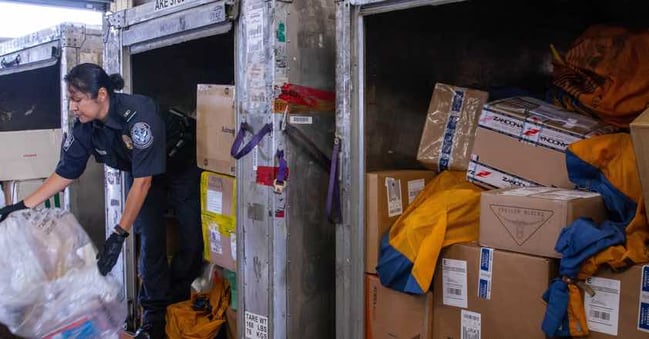
Parcel Post Clearance
Traditionally, parcel post clearance has been achieved through various degrees of physical inspection based on statistical models - including simple random inspections. Data flows were virtually non-existent and are much less developed than required of commercial carriers. In fact, the term “parcel clearance” has often been considered a misnomer.
Parcel post parcels largely cleared out of sight of regulatory authorities which gave early e-commerce companies the ability to send items free of duty/ taxes and regulatory oversight.
Jet Worldwide provides advice and expertise for shippers wishing to develop high volume parcel import processes using duty free section 321 and express consignment clearance processes.
What is certain is that postal clearance will become increasingly difficult as countries seek to harmonize the clearance requirement of international parcel post with international parcel clearance of private carriers. Direct Injection to domestic postal solutions
Customs agencies are expressing a need to connect digitally with postal services to assist in the targeting and speed of clearance.
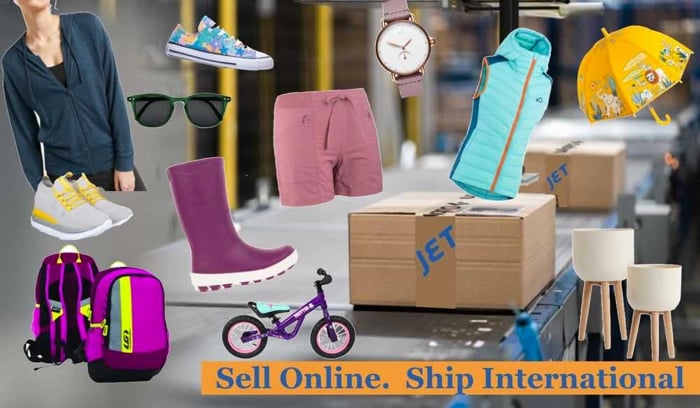
Direct Injection & Forwarding Services
Using dedicated high volume parcel clearance processes, cross border e-commerce allows access to domestic postal delivery options
An exploding area is the “US Address” services that allow persons outside the USA to have their shipment sent to a US address. The receiving agent in the US then forwards the parcels via direct injection to the destination country. Many postal authorities are expressing interest in accessing such companies. Jet Worldwide is working to help connect postal administrations with US service providers.
With direct injection, e-commerce companies can obtain a higher level of control over the processes and access domestic delivery specialists - which most often involves using domestic postal options. To many countries, there are usually several domestic delivery systems that are only accessible using direct injection.
Growing international e-commerce companies are studying direct injection options:
- Better quality service than using in-country postal options
- Lower Cost then using an integrator
- Minimize risk by having alternative routing methods
- Have alternative shipping lanes during peak periods
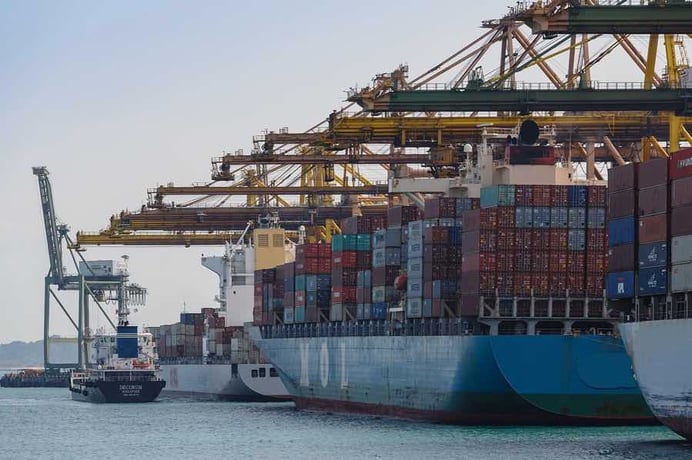
High volume parcel import solutions exist primarily to the the world’s leading economies: United States, Germany, UK and France. However, there is an expected surge in cross-border e-commerce shipments beyond the US / Europe & BRICs (Brazil, Russia, India, China). International e-commerce shipments are expected to become a dominant retail option in developing economies.
In developing countries, there is limited need to build up a retail store distribution system as e-commerce can fill the needs of the market. The promise of direct injection combined to developing economies is being realized.
Direct injection has the added advantage of being able better manage returns. Having a domestic return option is important to e-commerce customers. Around 7% of e-commerce parcel flows are returns and direct injection offers a way to manage the reverse logistics.
Whether using postal delivery from in-country of origin or via direct injection, parcel post will remain an important asset to international e-commerce shippers.





